- Home
- Material Handling
- Storage Workspace
- Shelving Storage Racks
- Freestanding Shelving Shelf Racks
.....Read More
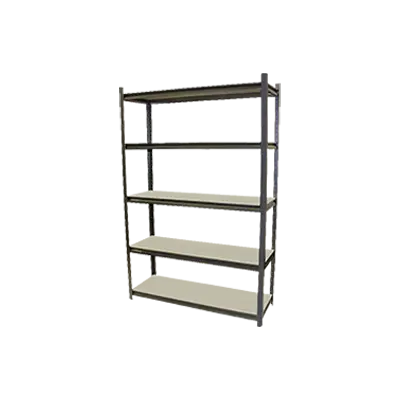
Archival Boltless Metal Shelving
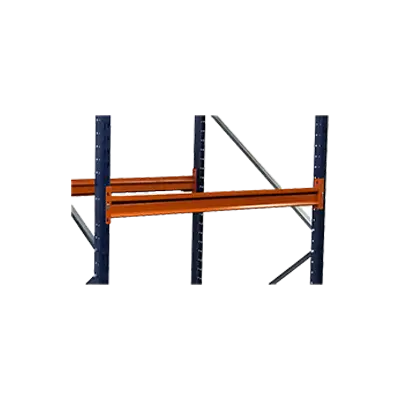
Beams & Crossbars for Bulk Rack Metal Shelving
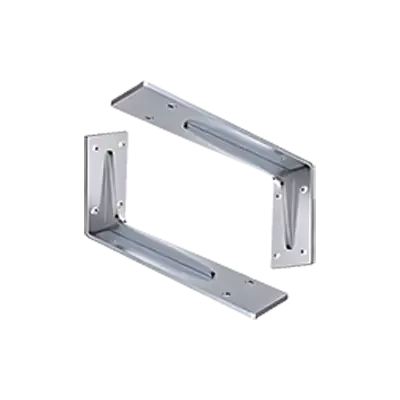
Braces, Brackets & Hardware for Standard Metal Shelving

Bulk Rack Metal Shelving

Cantilever Metal Shelving
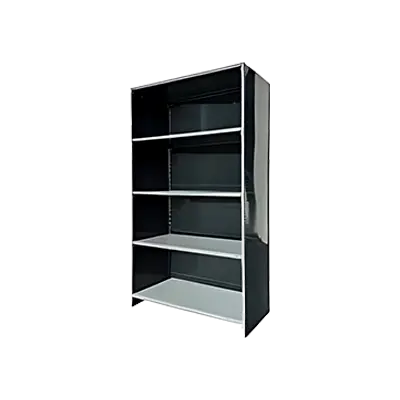
Closed Metal Shelving

Corrosion-Resistant Open Metal Shelving

Dividers for Standard Metal Shelving

General Purpose Boltless Metal Shelving
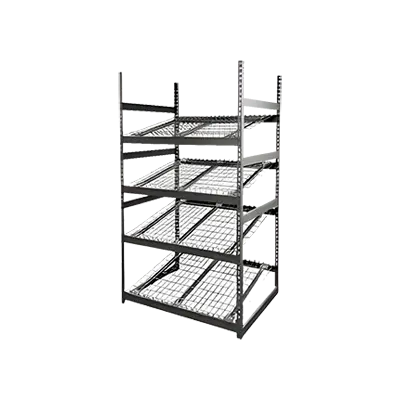
Gravity-Flow Boltless Metal Shelving
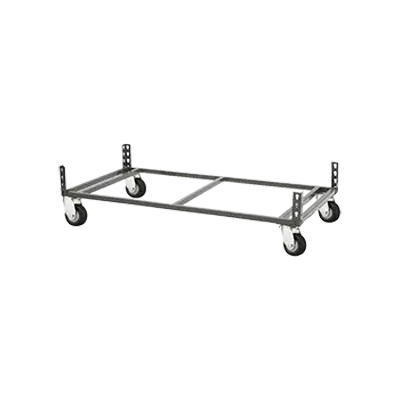
Mobile Bases & Feet for Standard Metal Shelving
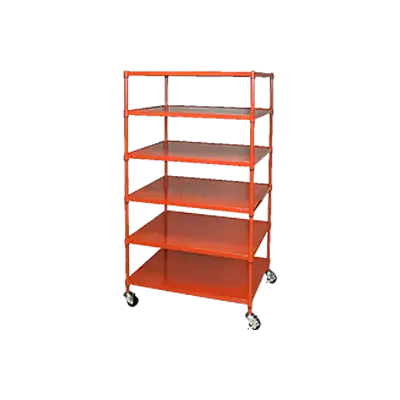
Mobile Open Metal Shelving

Mobile Plastic Shelving
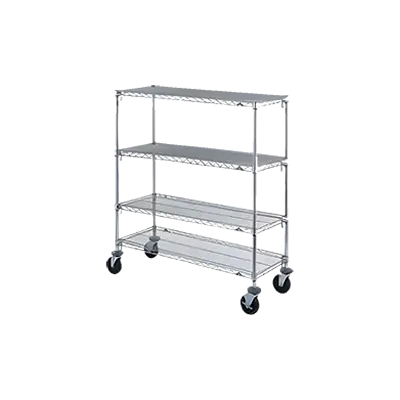
Mobile Wire Shelving
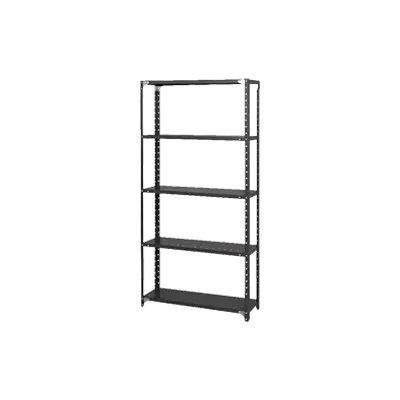
Open Metal Shelving
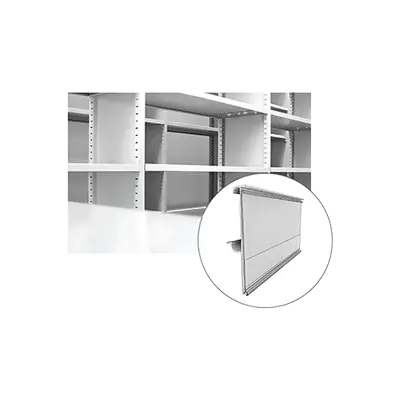
Panels, Doors & Base Strips for Standard Metal Shelving
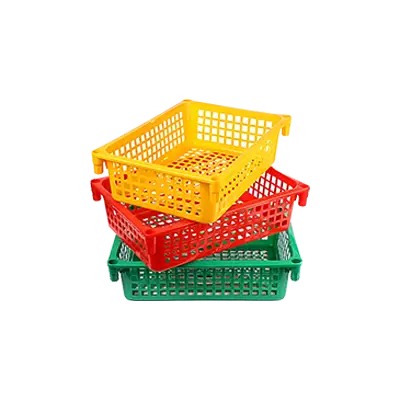
Plastic Shelving Baskets & Trays
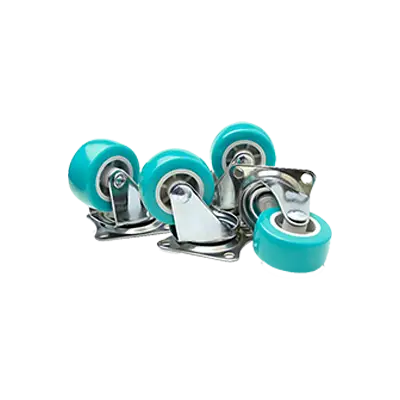
Plastic Shelving Casters
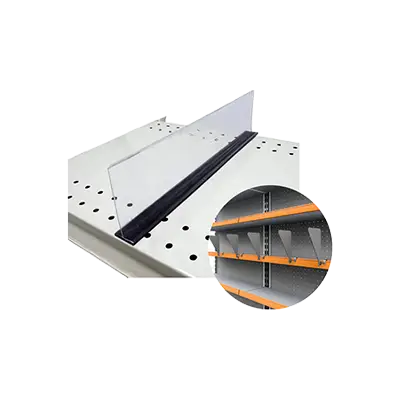
Plastic Shelving Dividers & Ledges
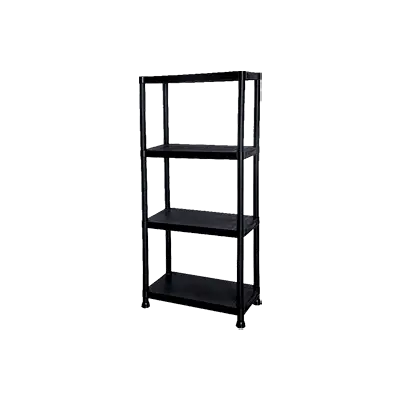
Plastic Shelving Hardware

Plastic Shelving Label Holders & Markers
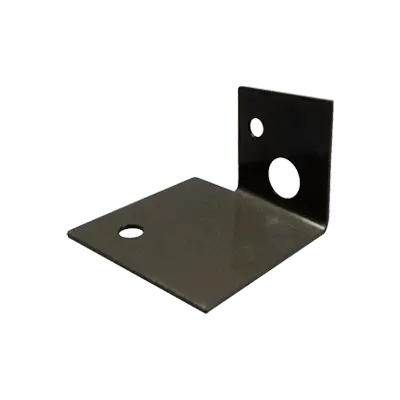
Plates & Caps for Boltless Metal Shelving
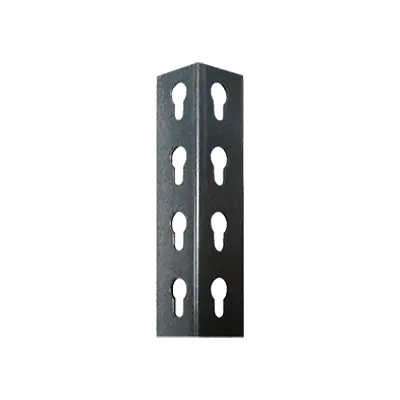
Posts for Boltless Metal Shelving
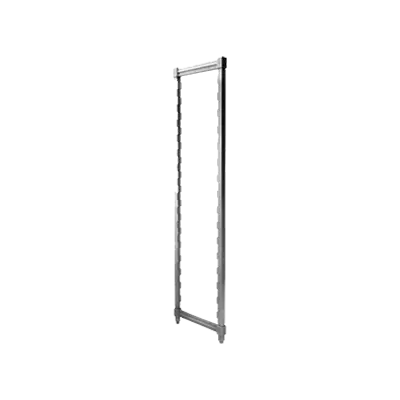
Posts for Plastic Shelving
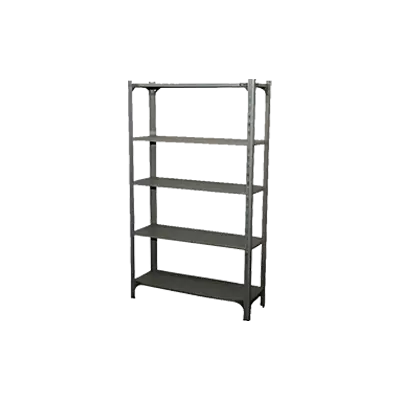
Posts for Standard Metal Shelving

Posts for Wire Shelving
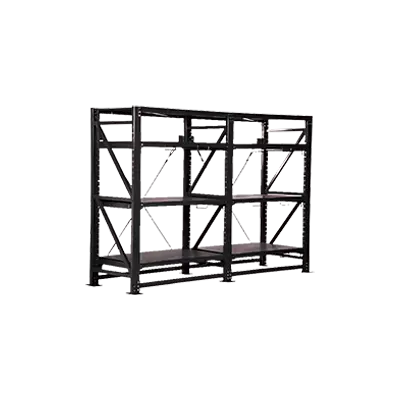
Roll-Out Metal Shelving

Shelf Kits & Decking for Boltless Metal Shelving

Shelf Kits & Decking for Bulk Rack Metal Shelving
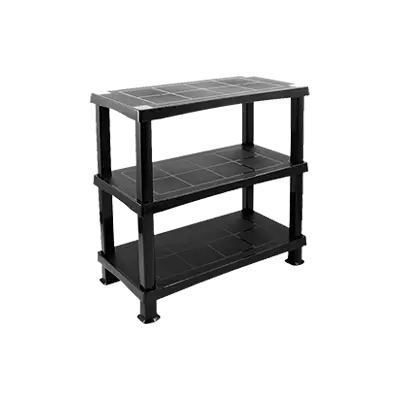
Shelves for Plastic Shelving

Shelves for Standard Metal Shelving
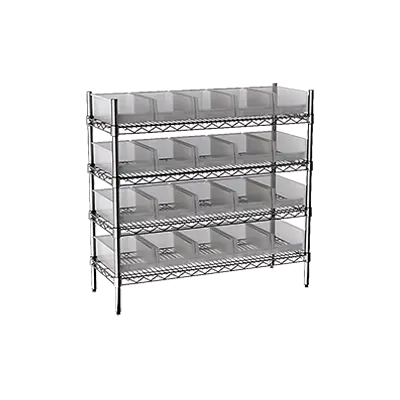
Solid & Louvered Shelves for Wire Shelving
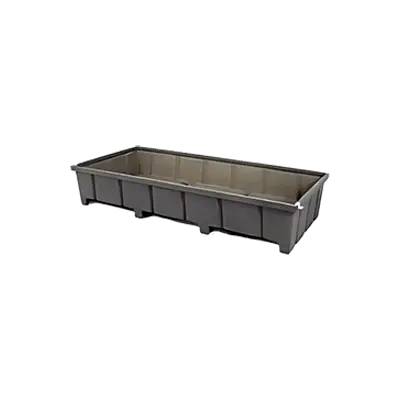
Spill-Containment Liners for Standard Metal Shelving

Split-Post Configurable Boltless Metal Shelving

Stationary Metal Bin Shelving & Racks

Stationary Plastic Shelving
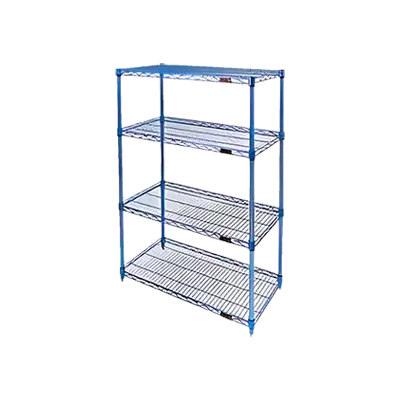
Stationary Wire Shelving

Top-Track Wire Shelving

Uprights for Bulk Rack Metal Shelving

Welded Metal Shelving
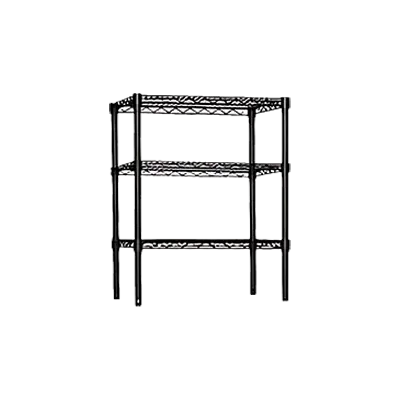
Wire Shelves for Wire Shelving

Wire Shelving Baskets, Bins & Holders
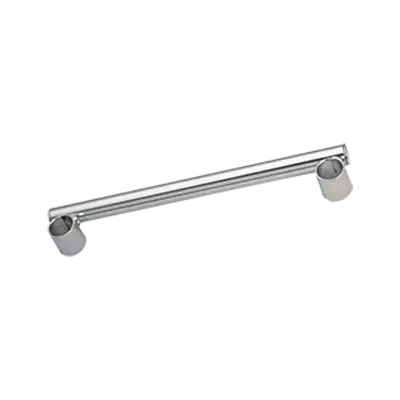
Wire Shelving Casters, Dollies & Push Handles

Wire Shelving Dividers, Ledges, Liners & Panels
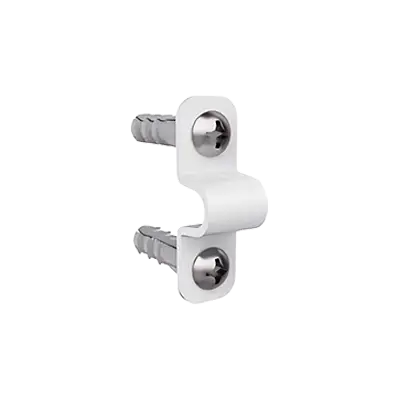
Wire Shelving Hardware
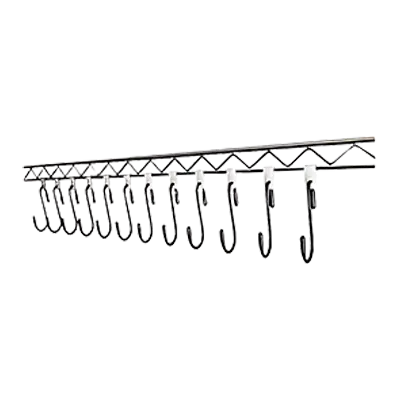
Wire Shelving Hooks & Hanger Rods
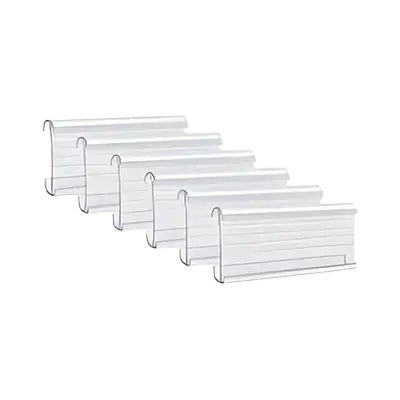
Wire Shelving Shelf Label Holders & Markers
Frequently Asked Questions
What are the benefits of freestanding shelving and shelf racks?
How do I choose the right material for shelving units?
What are the weight capacities of different shelving types?
How do I assemble freestanding shelving units?
What are the best uses for wire shelving?
How do I maintain and clean metal and plastic shelving?
What safety considerations should I keep in mind for shelving units?